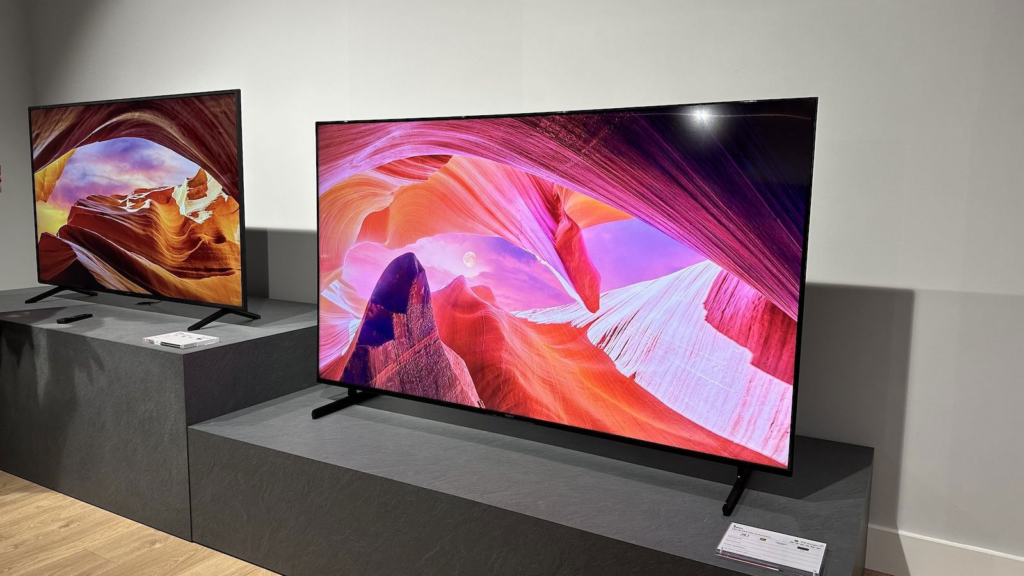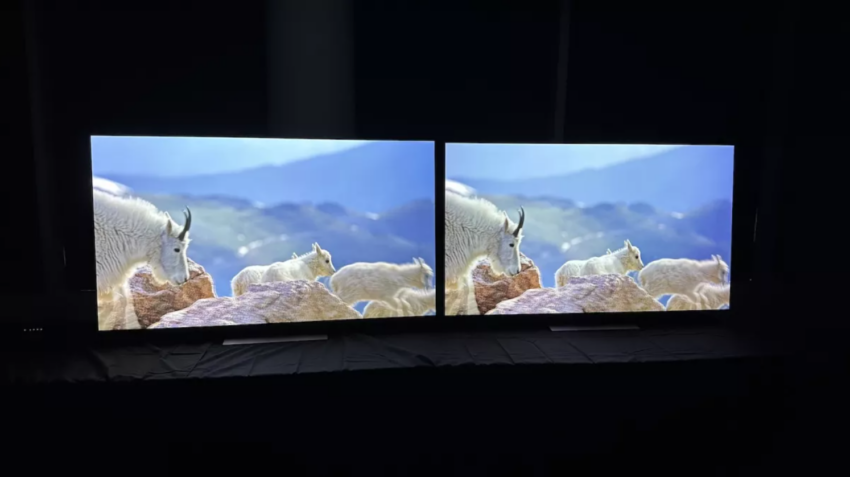Even though we have only recently become accustomed to QD-OLED and MLA OLED televisions, a new OLED television panel technology has already been spotted on the horizon. PHOLED stands for “phosphorescent organic light emitting diode,” and it involves an update to phosphorescent materials for blue. Phosphorescence is used for red and green, while fluorescence is used for blue in all OLED televisions that are currently available.
Universal Display Corporation, the business that is responsible for these totally phosphorescent panels, has stated FlatpanelsH that the update to the blue OLED “can increase the luminous efficiency by 4 times.” In other words, these panels ought to be able to achieve a brighter output than the OLEDs that are now available.

Full-phosphorescent OLEDs could be brighter.
It would appear that there is no reason why this new technology can’t be combined with the current QD-OLED and MLA technology that is already allowing OLED TVs to attain far brighter peaks than they ever have before, which suggests that we could be looking at yet another significant increase in brightness in the near future.
How close is it? Universal Display’s Mike Hack told ETNews that the timescale will ultimately be determined by LG Display and Samsung Display, who currently manufacture all of the OLED panels used in current OLED TVs and to whom Universal Display will sell its technology. It is possible that it could happen as early as the year after next, but Hack emphasized that the decision will ultimately be made by LG Display and Samsung Display.
Another question is whether or not these brand-new totally phosphorescent OLED TVs will cost more. Mike Hack, the CEO of Hack Radiance, has simply stated that his company will supply its technology at “a reasonable price,” which could truly mean anything.
In the meantime, check out our review of the LG G3, which is the world’s first MLA-boosted OLED TV. As always, stay tuned for further information as it becomes available to us.

